Through Time, Arizona Time ~ Mansions of Main Avenue – Tucson, Arizona
Warning: Use of undefined constant gad_content_tag_filter_replace - assumed 'gad_content_tag_filter_replace' (this will throw an Error in a future version of PHP) in /home/dx87kwtjkt0i/public_html/wp-content/plugins/web-ninja-google-analytics/webninja_ga.php on line 1813


Presidio Neighborhood
The city’s first neighborhood listed on the National Register of Historic Places, El Presidio is where Tucson began. Most of the structures date from 1860 to 1920 and include Sonoran Row houses, Mission Revival, bungalow style and American Territorial. El Presidio encompasses Hohokam pit houses, the 18th-century Spanish colonial presidio, the subsequent Mexican village, and Anglo homes designed by legendary Tucson architects such as Henry C. Trost and Holmes & Holmes. Celebrated territorial families left their names on historic houses they built: merchants including the Steinfelds and Jacomes, bankers, attorneys and civic leaders including Sam Hughes and J. Knox Corbett. Home to restaurants, offices, shops and the Tucson Museum of Art, this is an eminently walkable neighborhood.

Bounded by Sixth Street to the north, Church and Stone avenues to the east, Granada Avenue to the west, and Congress Street to the south, El Presidio features historic homes from the 1800s side by side with law offices, architecture firms, and Tucson City Hall.
The downtown neighborhood is a testament to the city’s delicate balance between embracing its origins, respecting the people who first called the Old Pueblo home, and moving forward as a modern city with over half a million residents.

El Presidio’s origins date back to 1775 when Hugo O’Conor and Spanish settlers built a walled military fort, Presidio de San Augustín del Tucson, for protection from Apache attacks.

Inside the fort, 400-500 residents lived in homes and barracks, tended to horses, went to church, and buried their dead.
The Spanish were not the first inhabitants in the area, though. Hohokam Indians called El Presidio home from 700-900 A.D.

Each wall of the fort was 750 feet long, 18 inches to four feet thick, and six to 16 feet high. Take a walk down Court Avenue to Pennington Street, up Main Avenue and across Washington Street and you will have retraced the walled portion of the original fort.
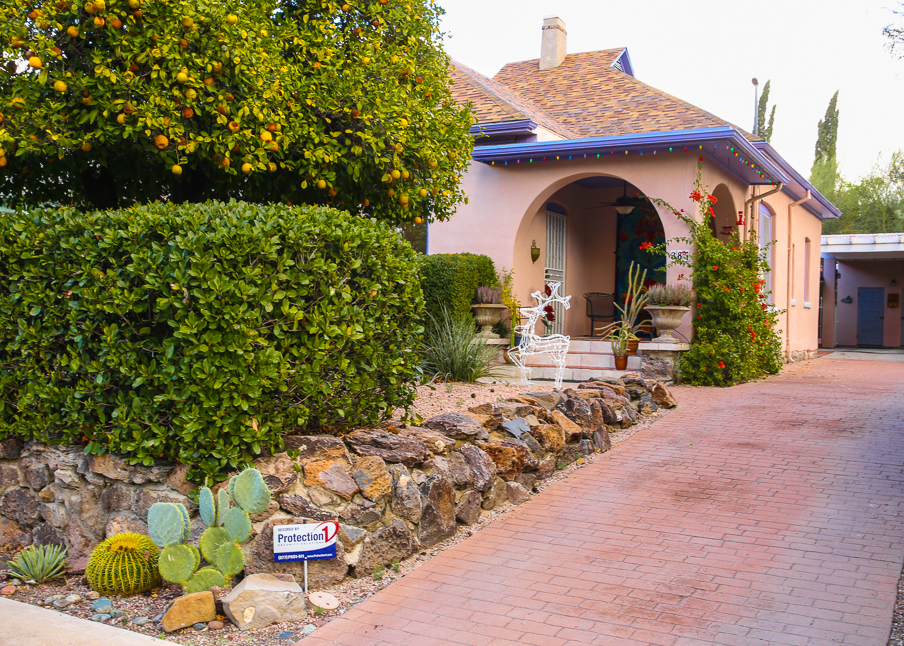
Apache attacks dwindled by the 1850s and the walls started coming down.

Modern Tucson covered up the remaining fort walls long ago — the last known portion was demolished in 1918 — but remnants can still be found underground and the location of the east side of the wall is marked in the courtyard of the old Pima County Courthouse.
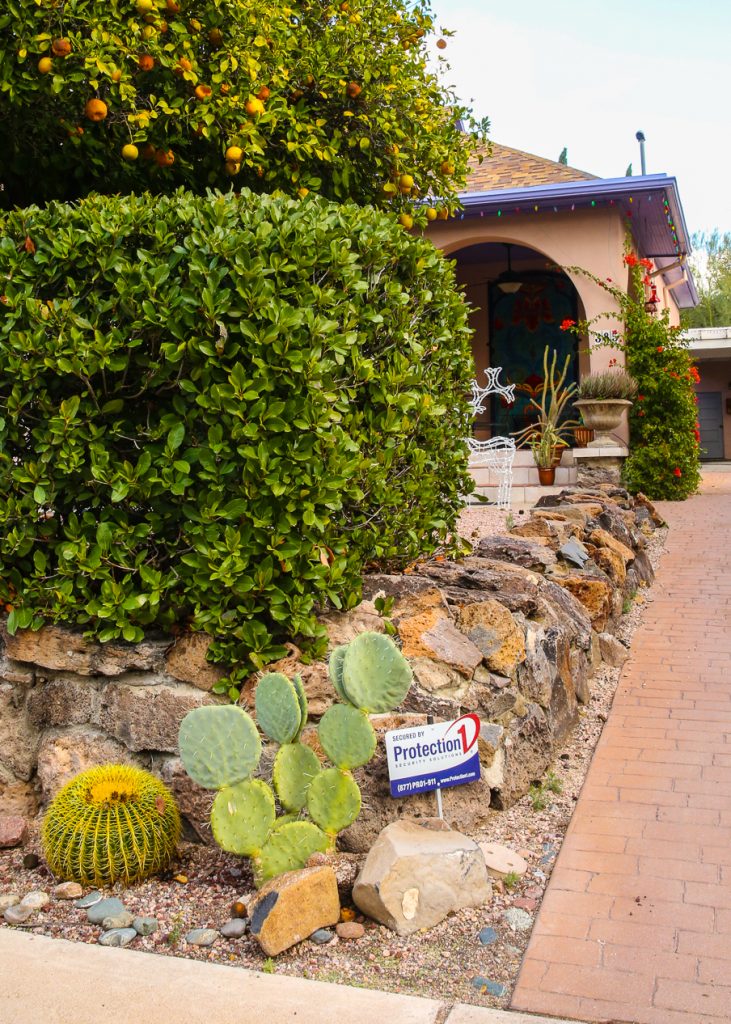
A few short blocks of Tucson’s Main Avenue, an area once nicknamed “Snob Hollow,” showcase Tucson’s architectural variety, as the mansions wealthy residents built here changed along with the trends over time.
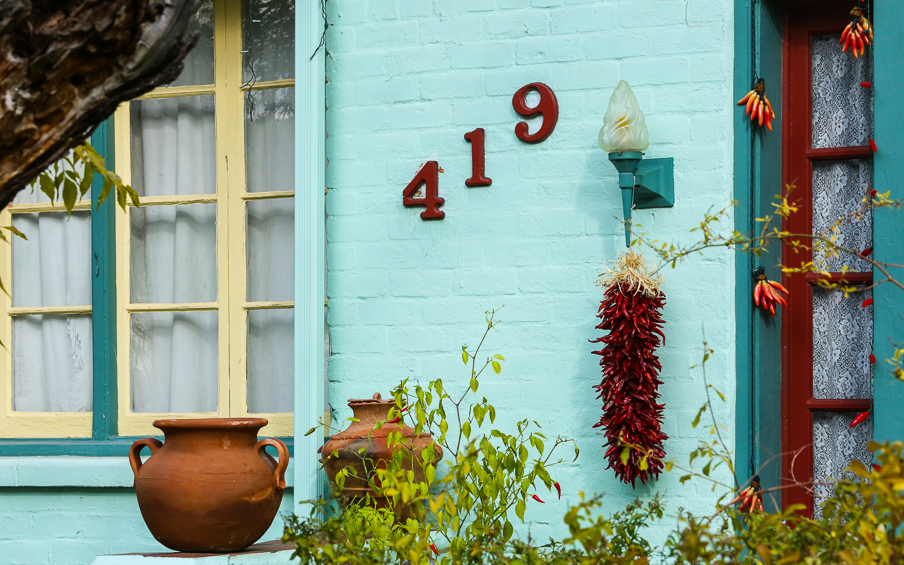

Leonardo Romero House
The Leonardo Romero house, built about 1868, is also part of the museum’s historic block. It began as a transformed Sonoran row house with a pitched roof, but underwent many alterations over time, including the addition of a brick wall. Today the unremarkable looking building houses a ceramics program.
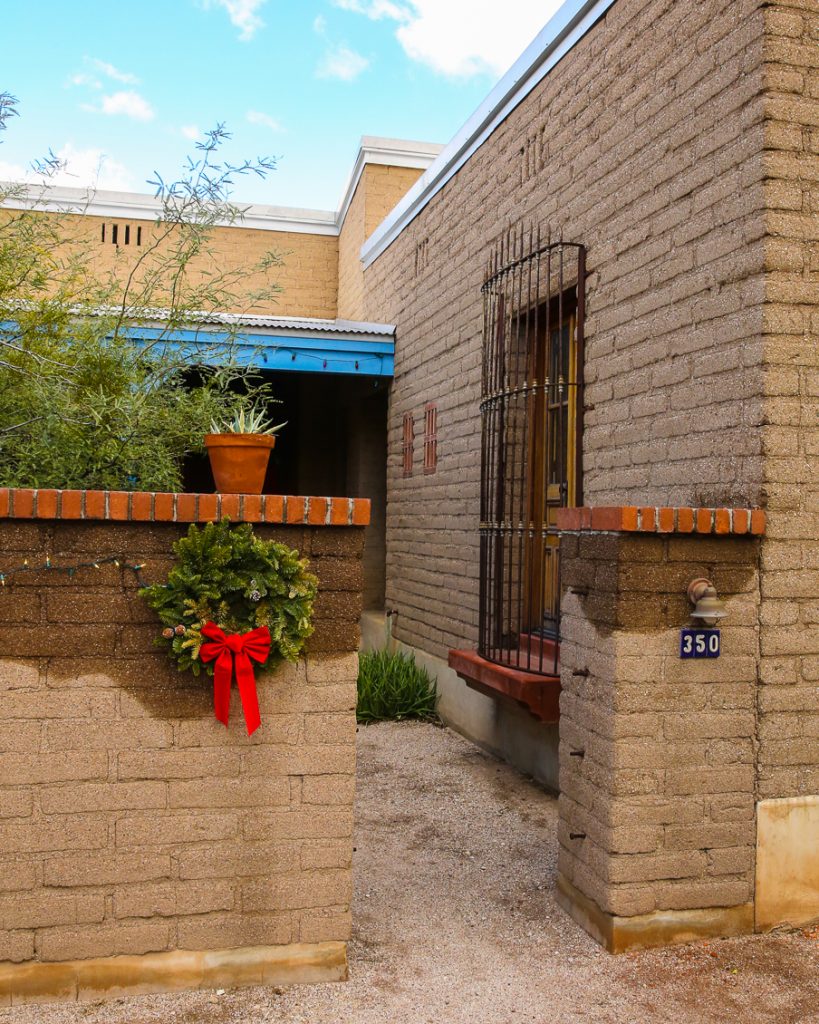
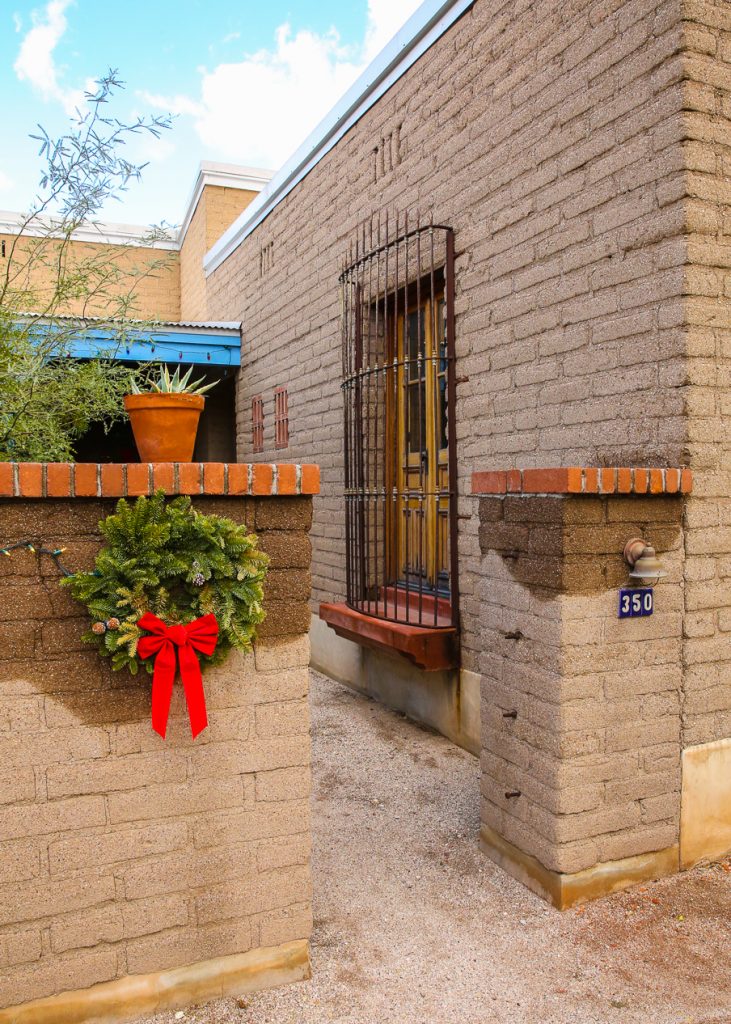

La Casa Cordova
The oldest homes are adobe, and several are preserved as part of the Tucson Museum of Art’s Historic Block. One of these is La Casa Cordova, a typical Sonoran row house thought to have been built before 1848. It is believed to be the oldest remaining structure in downtown Tucson.
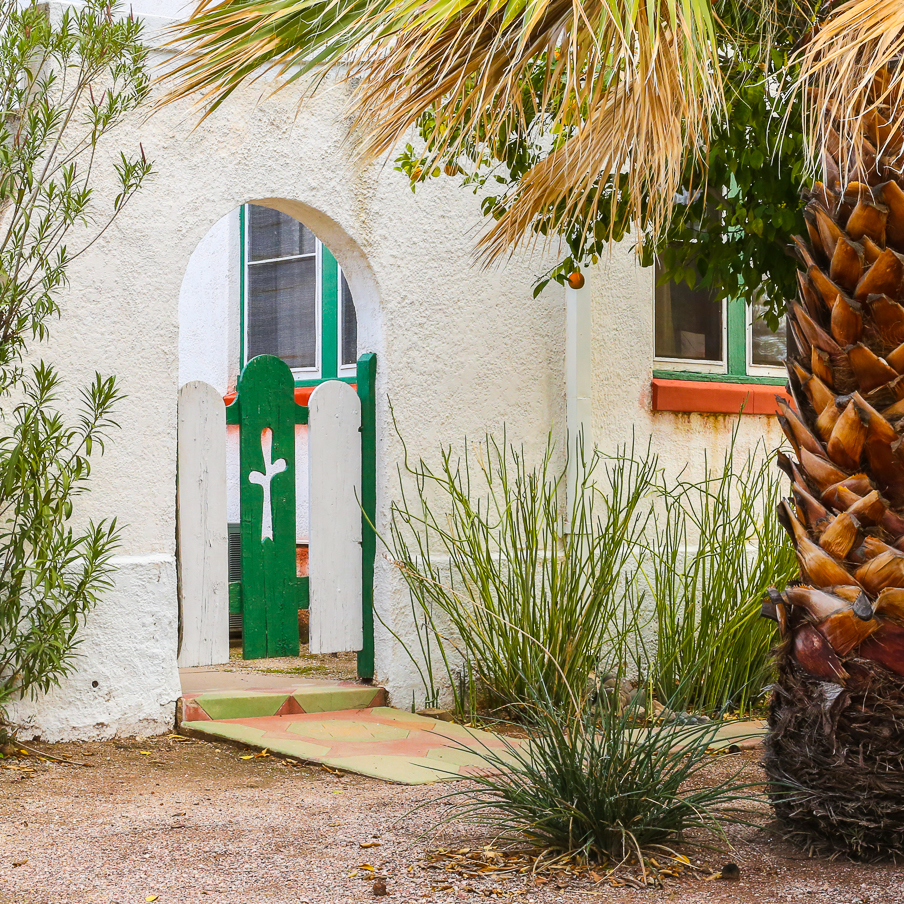
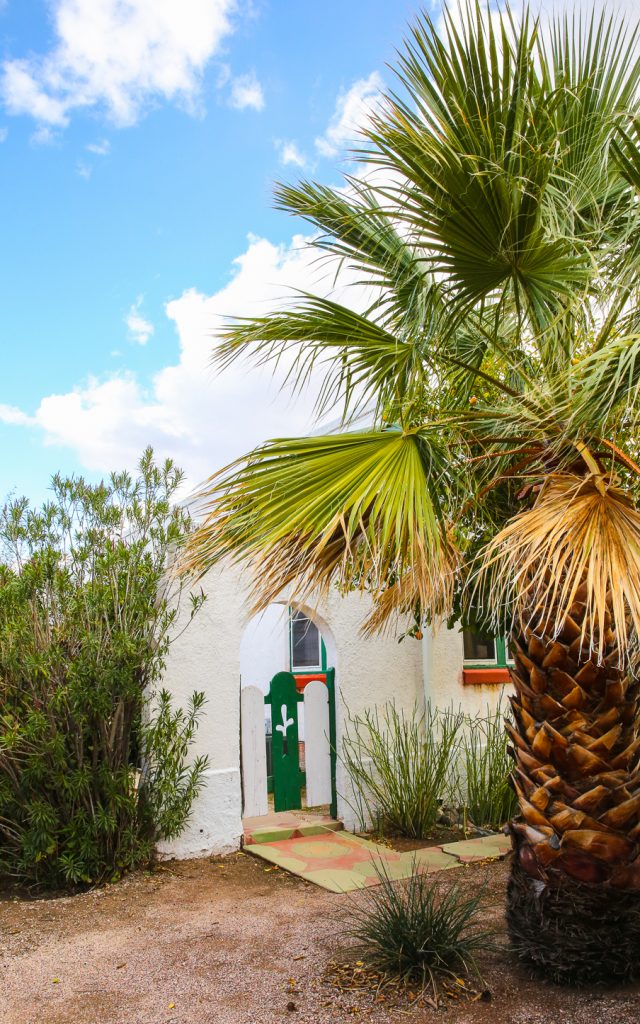
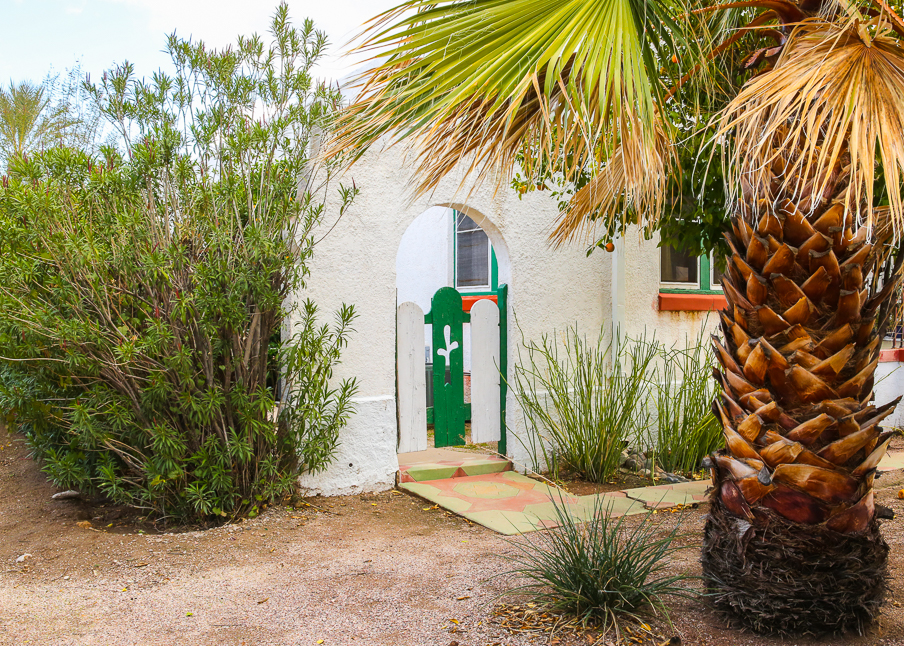
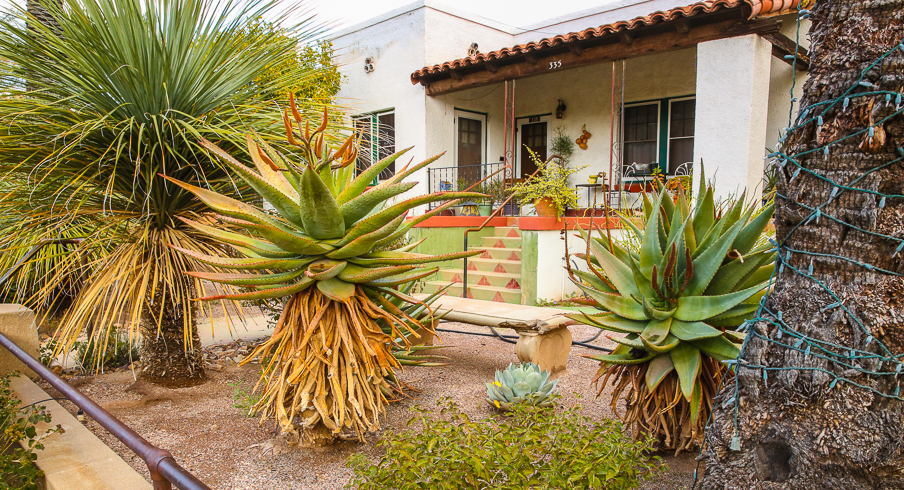
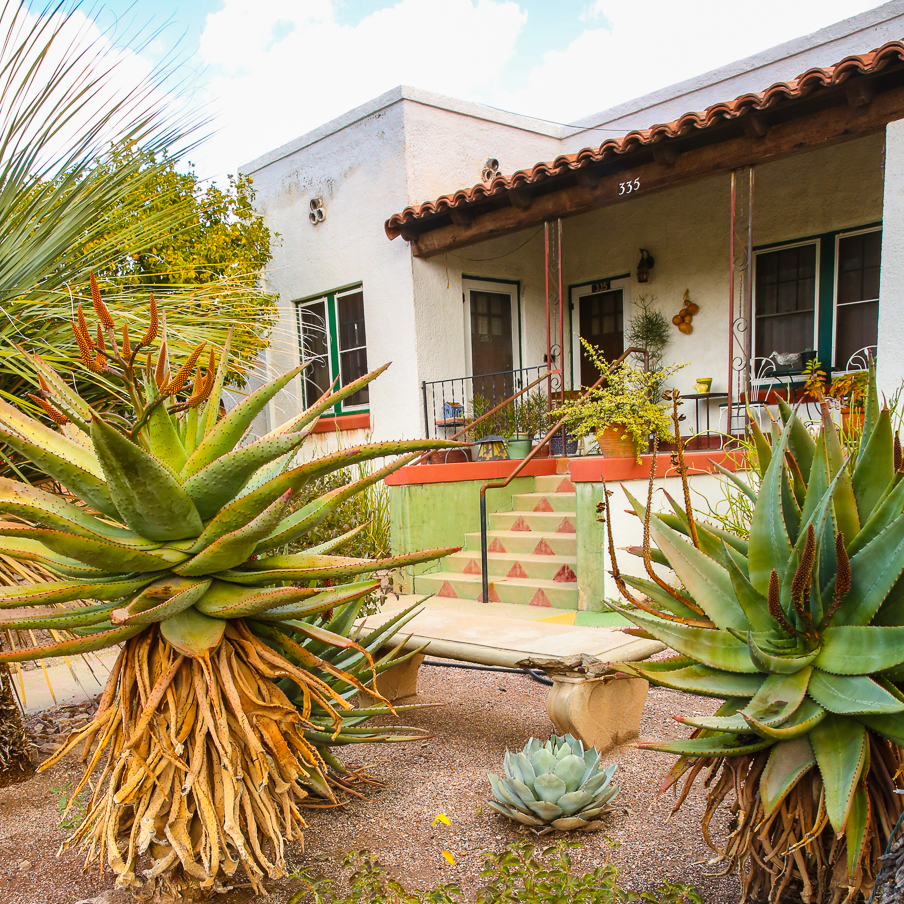

Edward Nye Fish House
The museum’s historic block includes the adjacent Edward Nye Fish house, which was constructed about the same time. Like the Steven-Duffield house, the Fish house is a typical Sonoran row house and also often hosted social gatherings and visiting dignitaries.
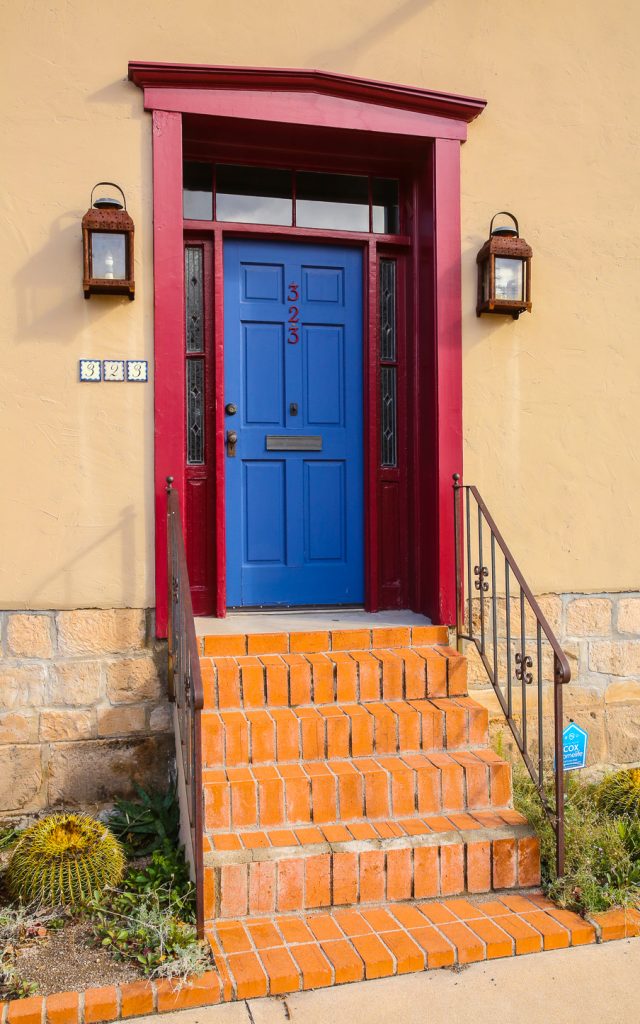
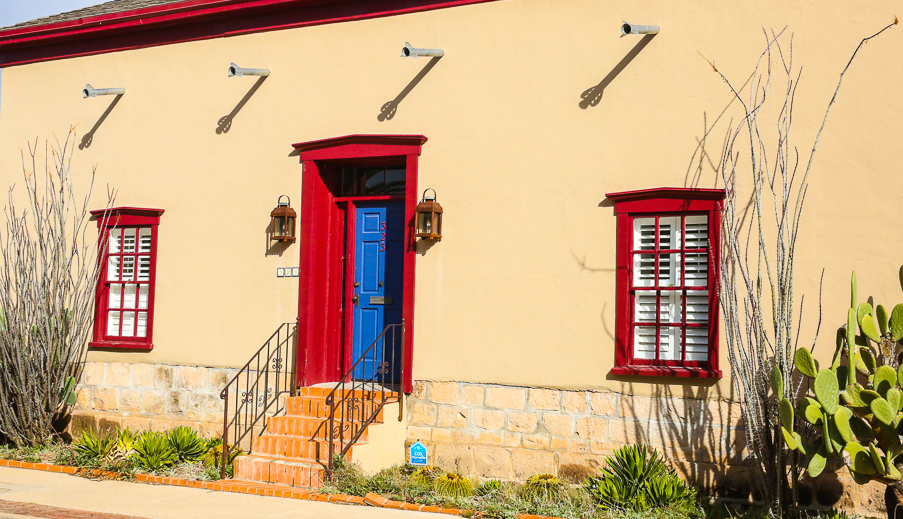

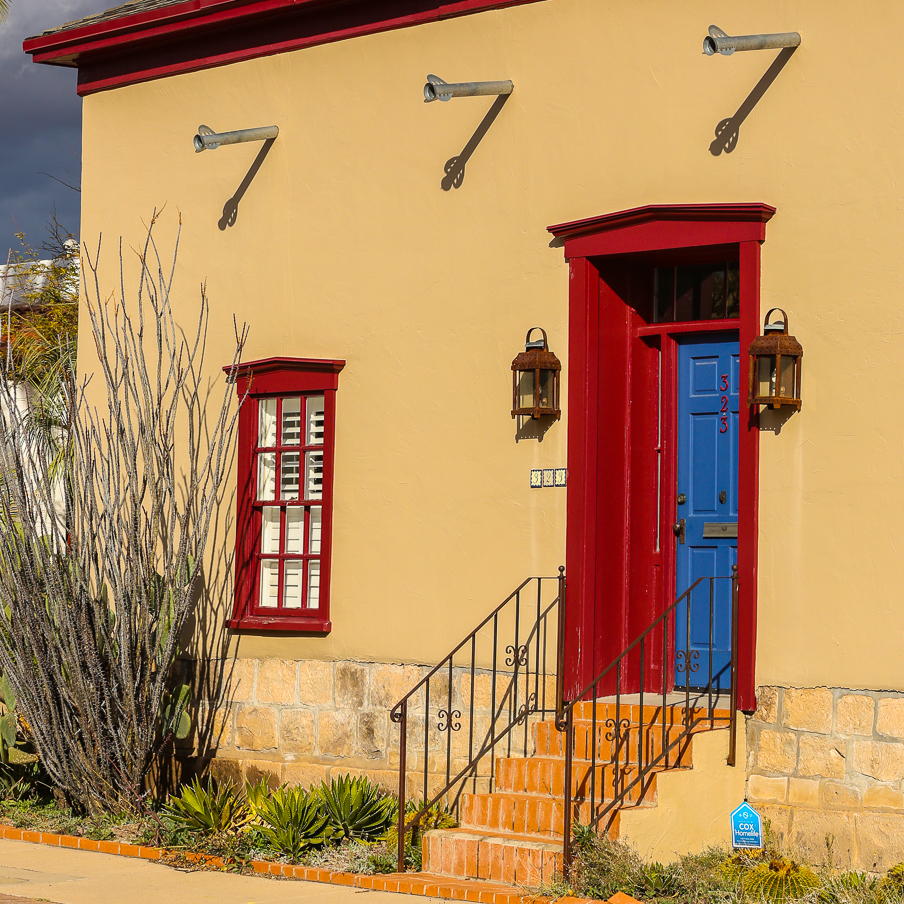
Sam Hughes House
The Sam Hughes house was constructed about 1865 as a typical adobe structure, but was expanded several times to accommodate the large Hughes family. Easily identifiable updates include the addition of shallow wood pediments typical of Greek Revival architecture, gables, and a rock foundation.

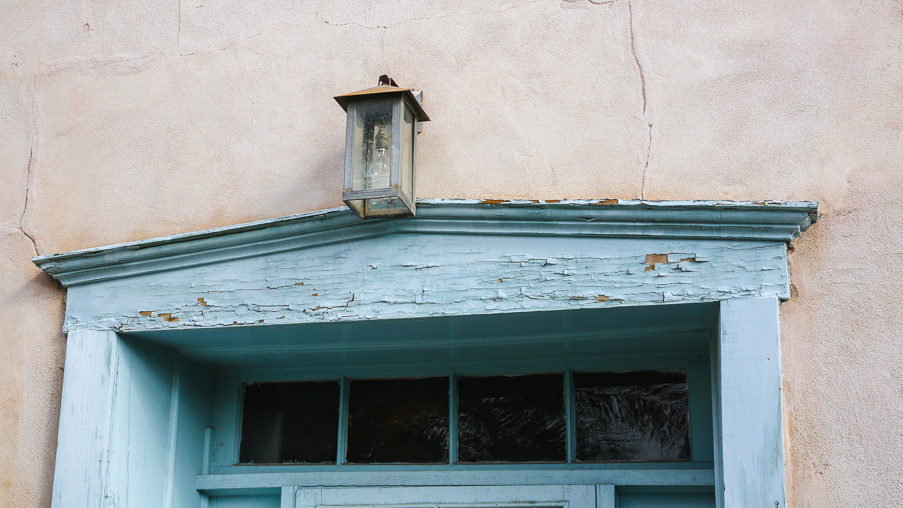
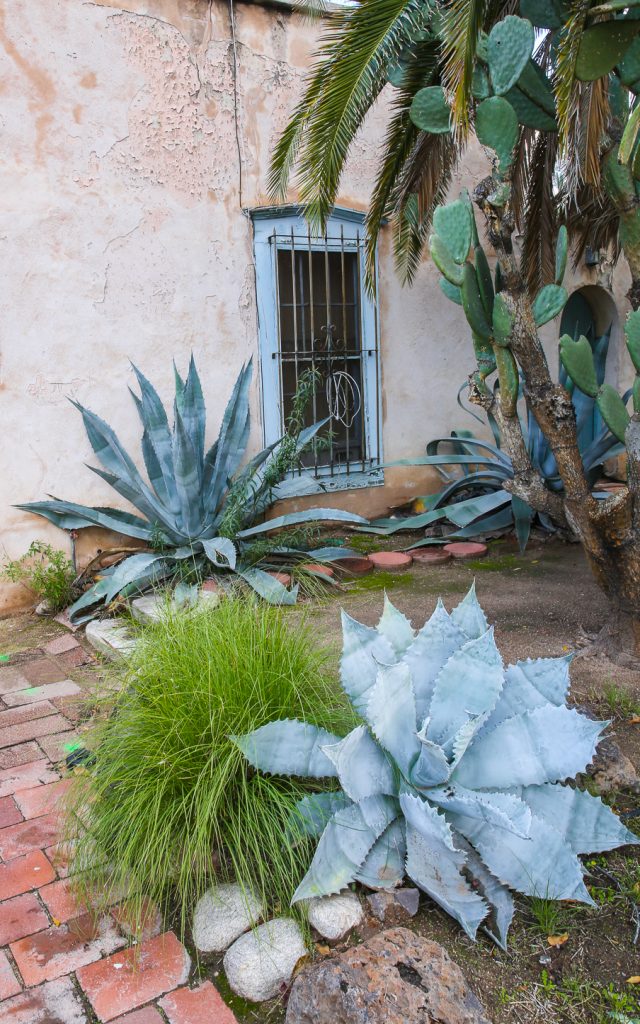
Stevens-Duffield House
The nearby Stevens-Duffield house began as two separate houses.
The first structure was a small Sonoran row house built by US Marshall Milton Duffield about 1865. Soon thereafter, Hiram Stevens built his own Sonoran home next door. Stevens purchased the Duffield home and, by 1870 had incorporated it into his own expanded home.
A popular politician and businessman, Stevens often hosted important visitors from Washington DC and the Tucson area in his elegantly decorated home. The home’s role in Tucson society came to an unexpected end when Stevens killed himself after an attempt to kill his wife was foiled by the heavy Spanish comb she wore in her hair.
While his wife continued to live in a portion of the house until her death in 1916, the house was largely a rental property for most of its existence.
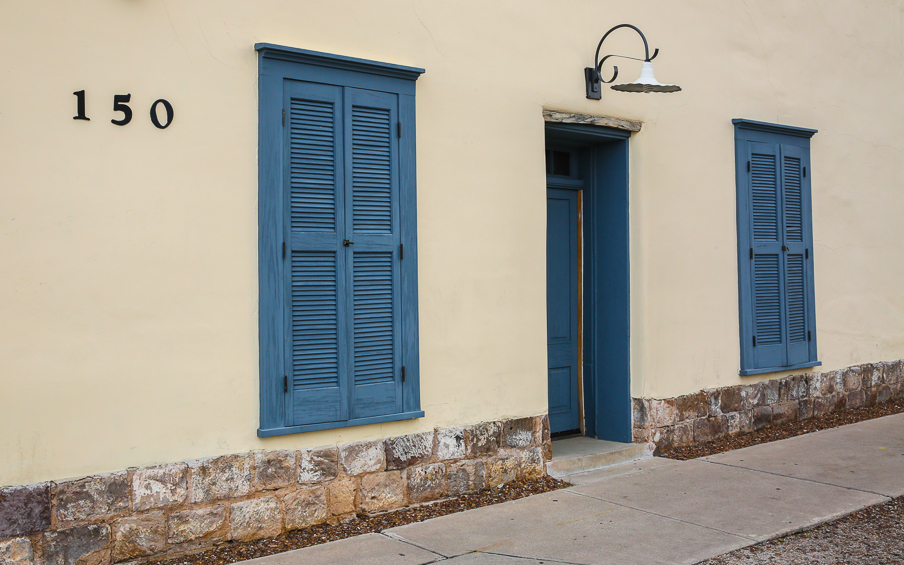


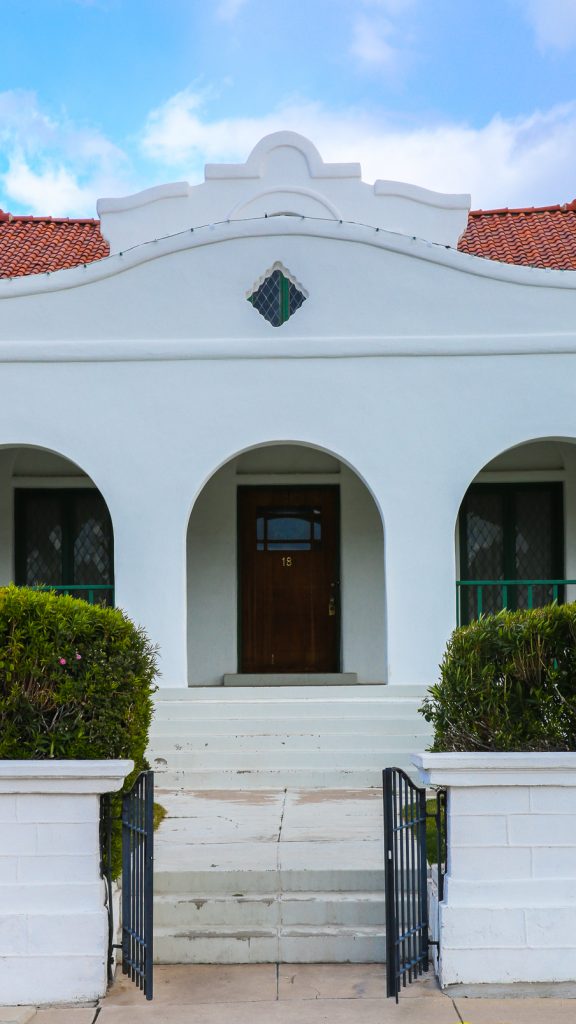
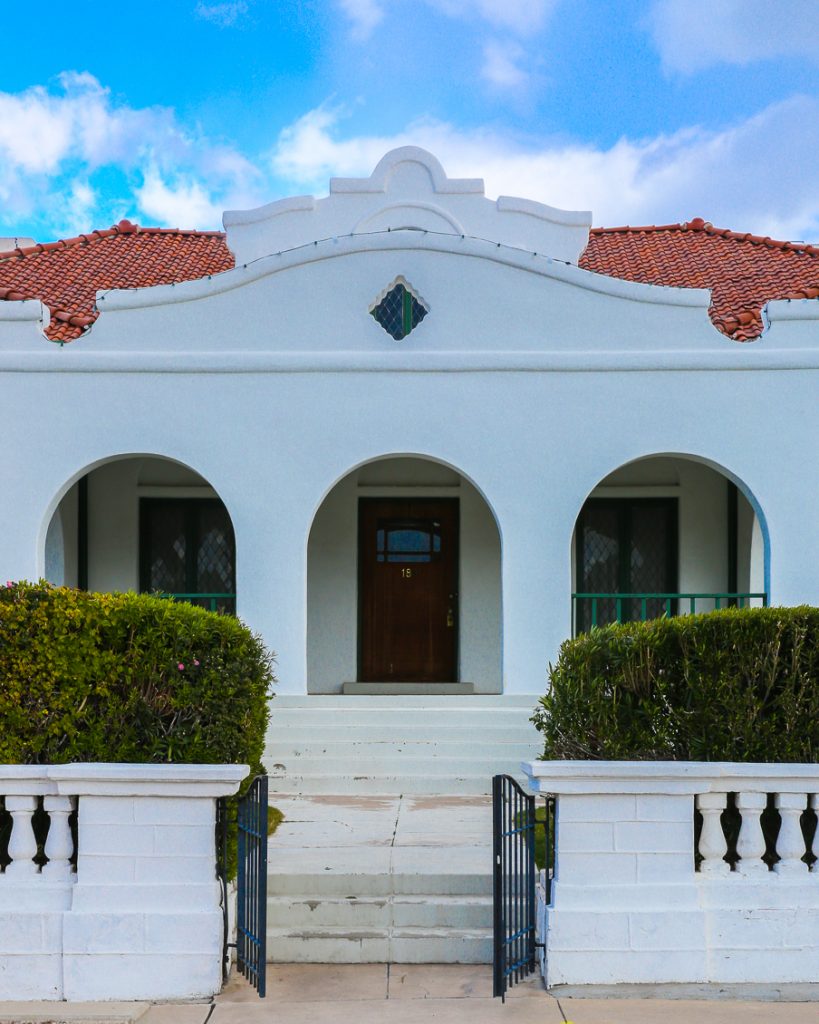
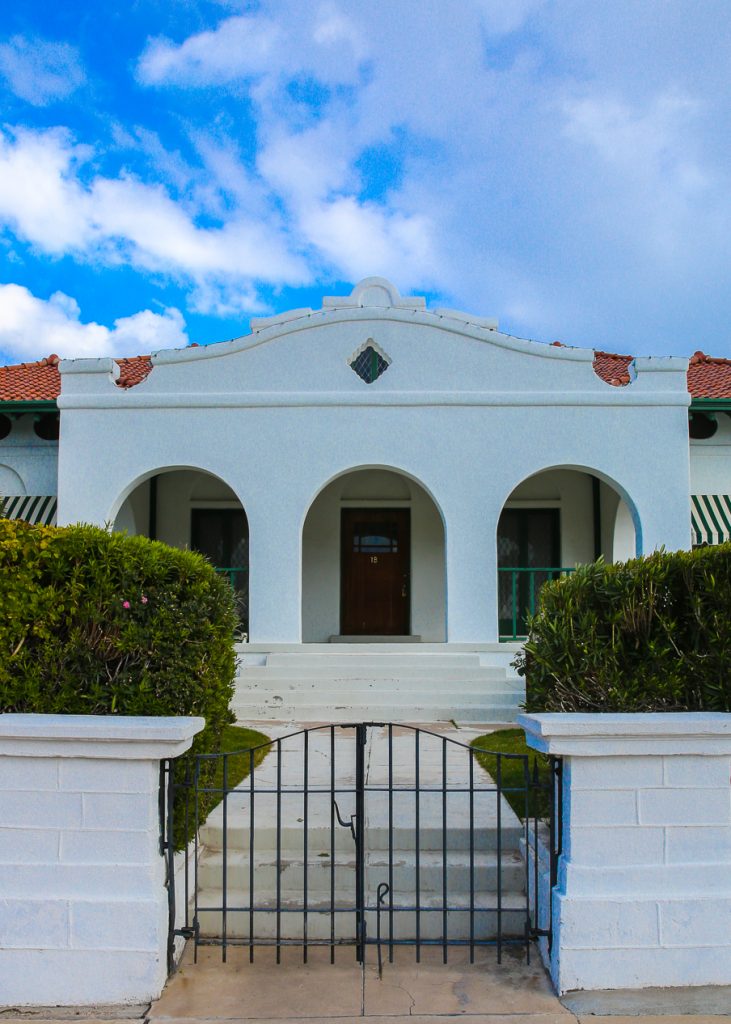

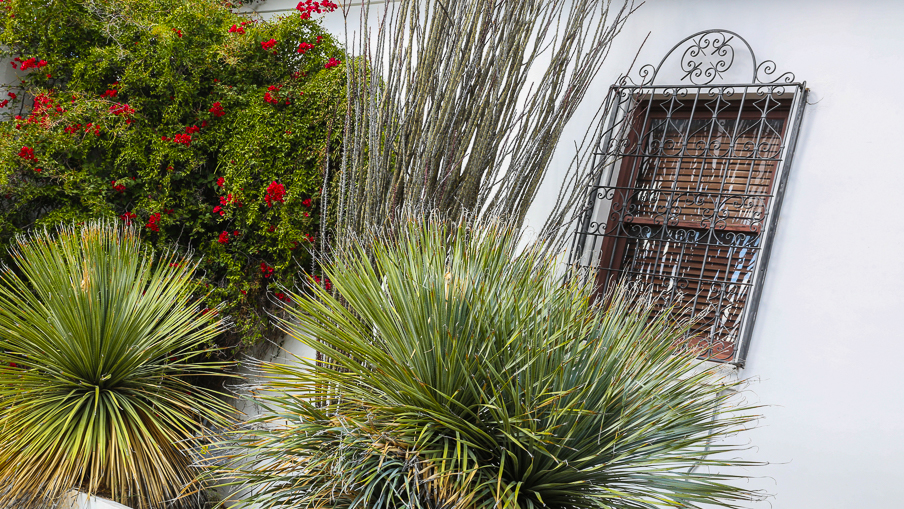
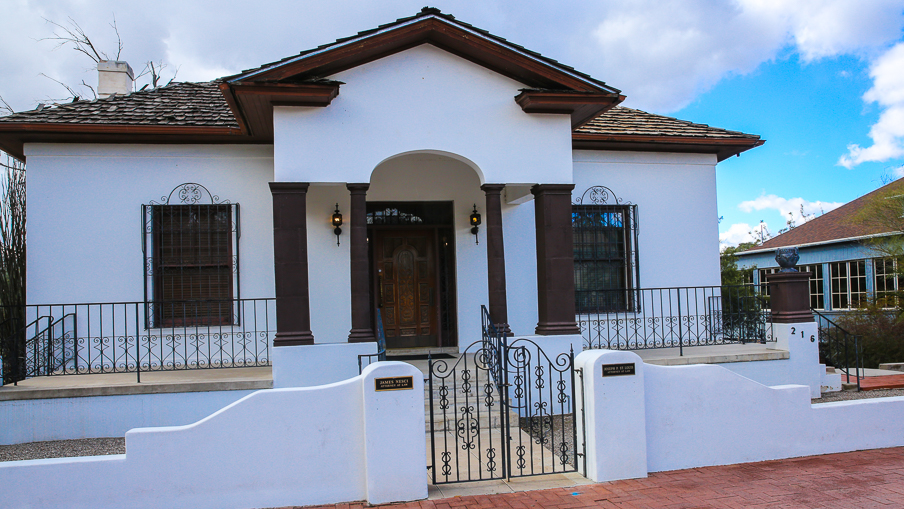
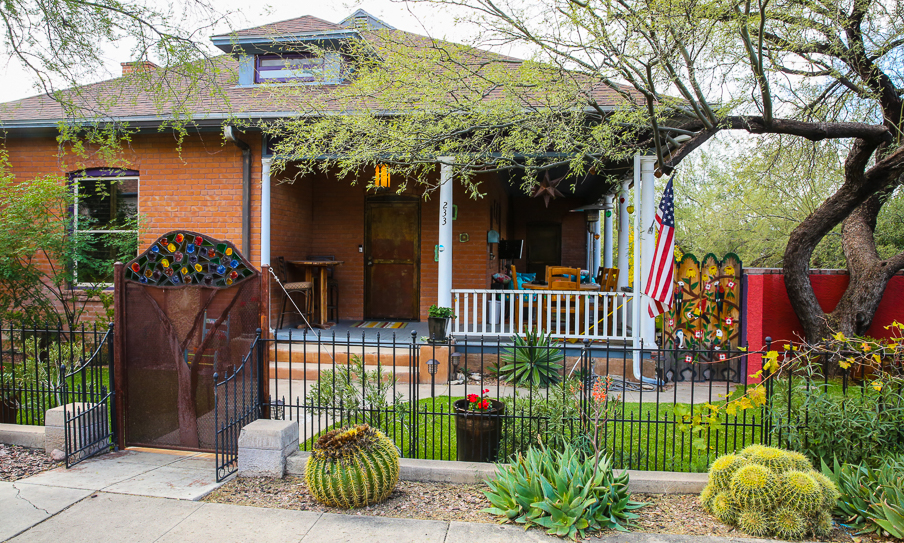

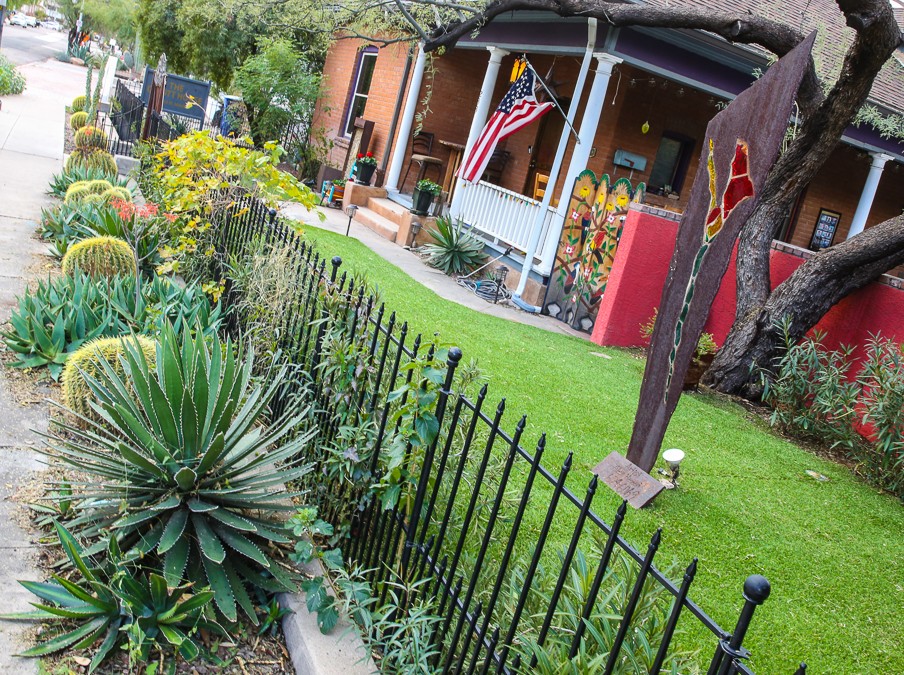

Cheyney House
The Cheyney house, a Mission-style mansion from around 1900, was falling into ruin and nearly destroyed by fire before restoration began in 2001.


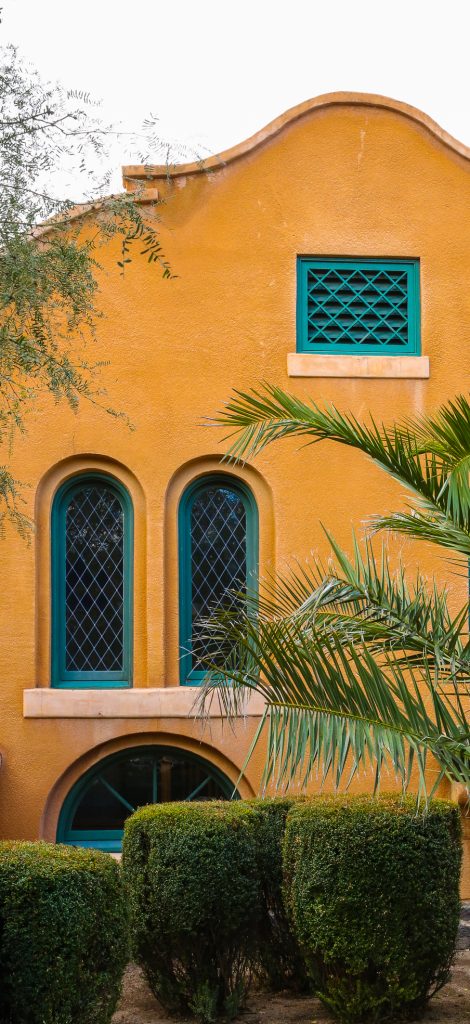

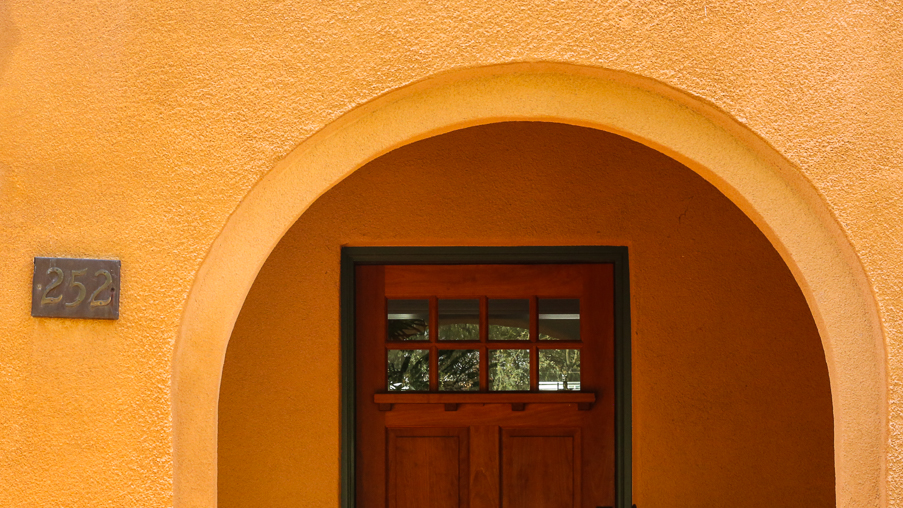
Steinfeld House
The Steinfeld house was constructed around 1900 in California Mission Revival style with additional decoration. It was served briefly as the home of the original thirteen bachelors who founded the Owl’s Club. Today it houses offices.
Despite the fact that the Owls were already declining in number as they found brides and established their own homes, in 1902 the Steinfeld house was replaced by the larger and more commanding home. Structurally Mission Revival style, but decorated with non-traditional ornamentation, this Owl’s Club is truly a mansion. It was restored in 1985 after becoming a ruin.
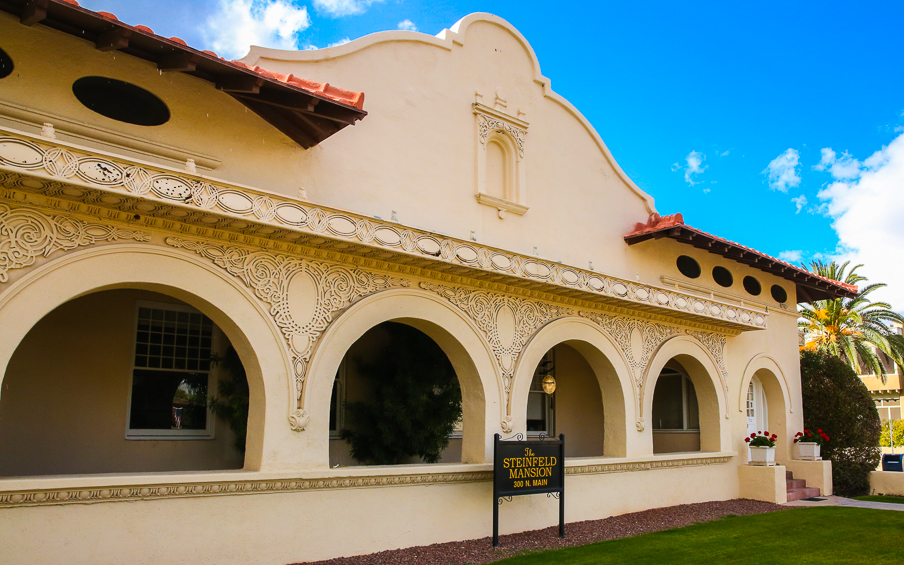
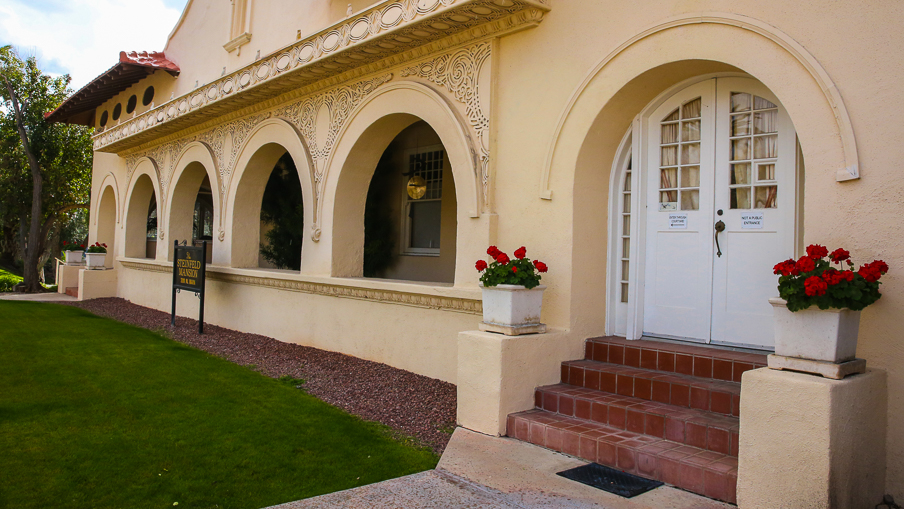
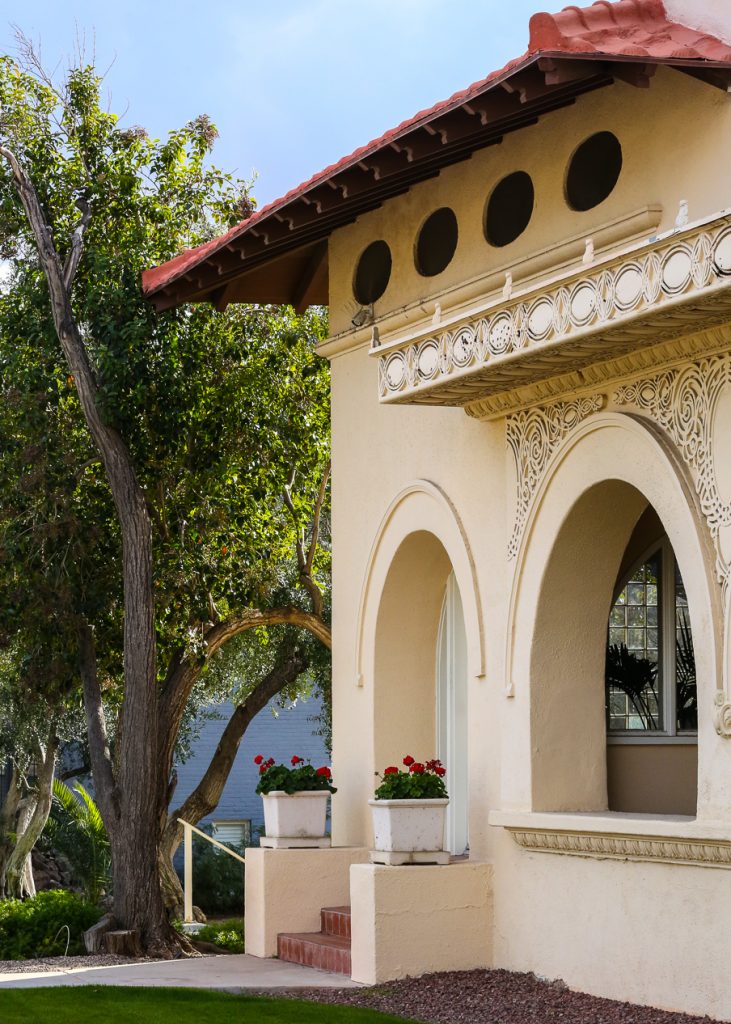


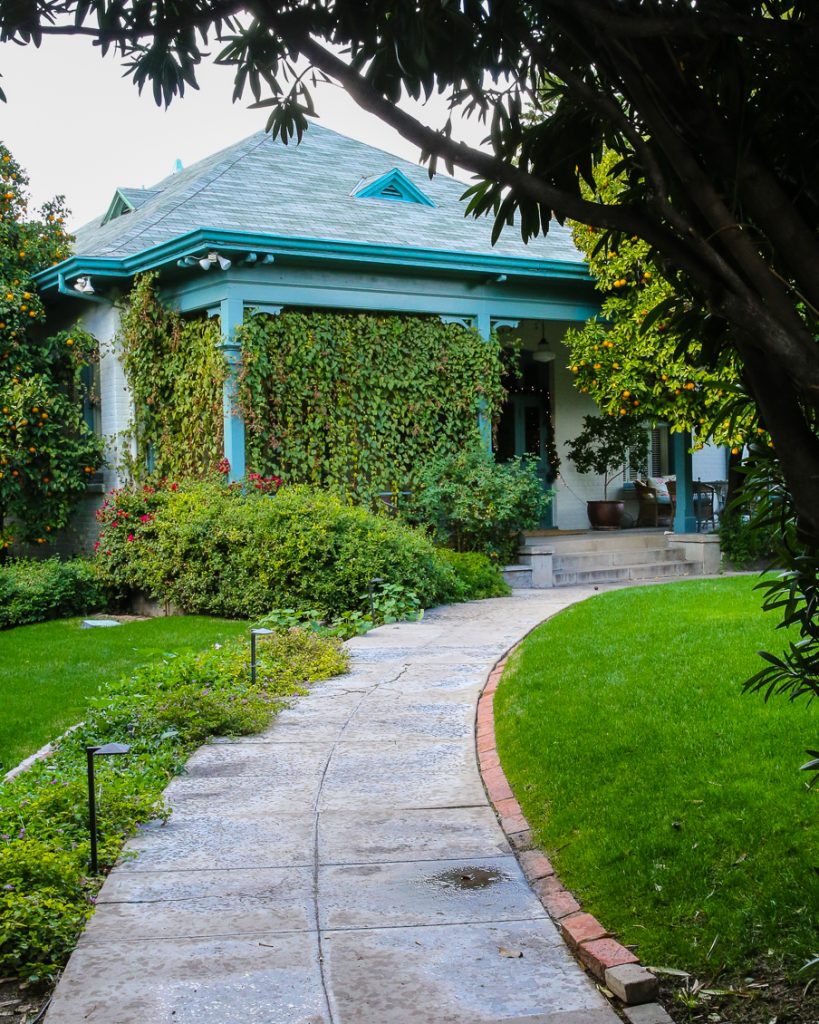
Content Sources
https://explorationvacation.net/2014/06/historic-tucson-arizona-the-mansions-of-main-avenue/
https://www.tucsonaz.gov/files/preservation/ths_map_fp_sm.pdf
http://www.downtowntucson.org/wp-content/uploads/2011/05/THS_map_FP.pdf
Travel Blog ~ Past Tucson Links


This is an interesting and beautiful walk down memory lane. Thanks for posting.